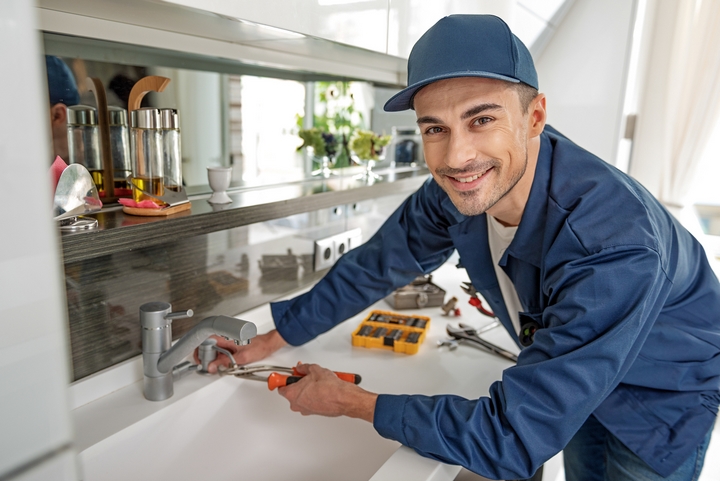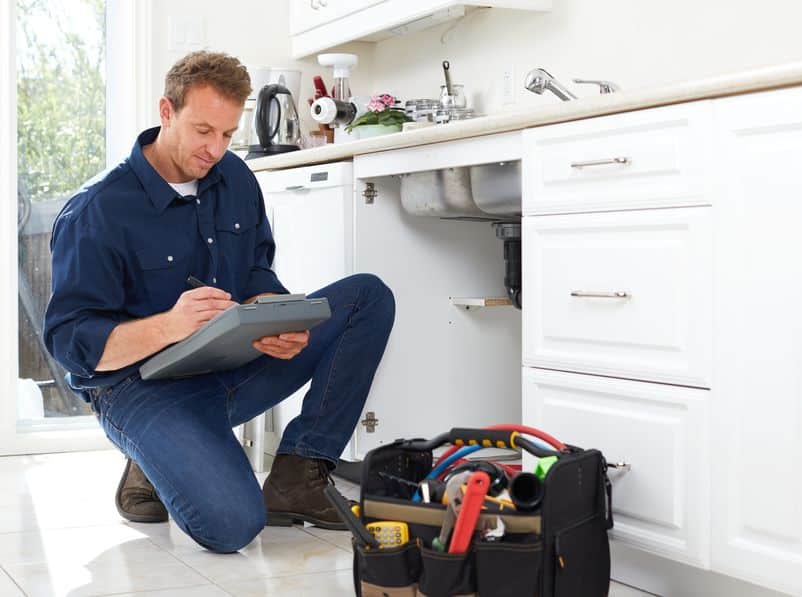Discovering the Next Era of Plumbing: Patterns and Breakthroughs
Make An AppointmentThey are making a number of great pointers related to The Future of Plumbing: Trends and Innovations to Watch as a whole in this great article down below.

Intro
The pipes industry is going through a transformative stage driven by technical advancements and growing worries for sustainability and performance. This short article checks out emerging patterns and technologies forming the future of plumbing.
Smart Plumbing Equipments
Integrating wise innovation into pipes systems makes it possible for remote monitoring, leak detection, and automated maintenance. Smart sensors and IoT (Internet of Points) gadgets permit house owners and plumbers to keep an eye on water usage and detect concerns in real-time, causing extra effective source management and positive maintenance.
Water Effectiveness Solutions
With increasing focus on water preservation, innovative services are being established to lessen water wastage in plumbing systems. High-efficiency components, greywater recycling systems, and clever watering controllers are among the technologies helping customers minimize their water footprint while maintaining comfort and benefit.
Lasting Materials
The shift in the direction of sustainability extends to pipes materials, with an expanding preference for environmentally friendly options. Biodegradable piping products, such as PEX (cross-linked polyethylene) and HDPE (high-density polyethylene), offer toughness and resistance to rust without jeopardizing ecological integrity.
Anticipating Maintenance
Predictive upkeep strategies utilize information analytics and artificial intelligence formulas to expect and prevent pipes problems before they happen. By assessing historic data and efficiency metrics, anticipating upkeep formulas can determine patterns and abnormalities, making it possible for positive treatments to stay clear of pricey repair services and interruptions.
Enhanced Fact in Plumbing
Increased Truth (AR) technology is changing plumbing by giving professionals with real-time visual support for troubleshooting and repair service jobs. AR-enabled clever glasses or mobile applications overlay electronic details onto the physical environment, helping plumbing professionals imagine pipe layouts, determine hidden leaks, and execute repair work with precision.
Influence of 3D Printing
The development of 3D printing has presented new opportunities in manufacturing pipes parts. From custom-made components to complex pipeline fittings, 3D printing permits fast prototyping and on-demand production, decreasing preparations and enabling better personalization in pipes design.
Health and Safety Qualities
In action to enhanced concerns for health and safety, plumbing components are incorporating functions such as antimicrobial surfaces, touchless operation, and self-cleaning systems. These technologies not just boost hygiene however also promote individual convenience and convenience.
Hygiene-focused Fixtures
Touchless taps, self-sanitizing commodes, and antimicrobial surfaces are becoming significantly common in property and business settings, minimizing the threat of germ transmission and advertising a cleaner, much healthier atmosphere.
Water Quality Tracking
Advancements in water high quality monitoring innovations enable home owners to keep track of the pureness and security of their water supply in real-time. Smart water high quality sensors can detect pollutants, pH levels, and temperature level variants, equipping individuals to take proactive measures to make sure water safety.
Remote Pipes Solutions
Remote diagnostics and digital assistance are changing the means pipes solutions are provided. Via video conferencing and remote access technologies, plumbings can troubleshoot problems, provide advice for DIY fixings, and even execute remote evaluations, offering higher availability and benefit to home owners.
Difficulties and Opportunities
While pipes technologies hold immense guarantee, they additionally existing obstacles such as data privacy concerns, regulatory conformity, and the need for workforce training. Dealing with these difficulties needs collaboration between industry stakeholders and regulatory bodies to make sure safe and responsible implementation of brand-new innovations.
Governing Landscape
Regulative frameworks play a vital role in shaping the adoption of plumbing advancements, with criteria and codes governing whatever from water efficiency to product safety. As technologies continue to develop, regulatory bodies need to adapt to guarantee consumer defense and ecological stewardship.
Future Overview
The future of pipes is defined by continued innovation and assimilation with various other sectors such as IoT, renewable resource, and building automation. By embracing sustainable methods, leveraging arising technologies, and prioritizing user-centric layout, the pipes market is positioned to resolve the progressing demands of society while lessening its ecological impact.
Verdict
In conclusion, the future of plumbing is specified by a merging of modern technology, sustainability, and user-centric design. By embracing wise options, sustainable materials, and proactive upkeep techniques, the pipes market can boost performance, promote safety, and add to a much more lasting future.
Plumbing Industry Trends You Need To Know
Smart technology in plumbing
Homeowners want to be able to manage their homes from their phones. The technology exists to make that happen. From smart toilets to leak detector devices, the whole plumbing system can be managed on an interconnected network made up of sensors, IoT devices, and machine learning algorithms.
This allows for wireless control to turn appliances on and off, automate routines, and access advanced monitoring to track water usage and flag potential issues. Smart technology streamlines water consumption, maintenance and energy usage, creating a more efficient system.
Green plumbing
The data analysis possible with smart technology not only improves convenience and cost-effectiveness but also fulfills a high-priority customer desire – sustainability. Consumers are very aware of their impact on the planet and want plumbing solutions to reduce damage and support sustainability. Eco-friendly plumbing solutions are already starting to emerge.
Customers can opt for low-flow toilets, water-saving faucets, and connections to sustainable energy sources. Beyond monitoring water consumption, customers can conserve water through the installation of greywater systems. This is a system that collects water that has been used but is still clean enough for some household uses such as toilet flushing.
Shorter product pipeline
To keep up with modern plumbing, plumbers need modern tools that enable them to complete jobs more efficiently. One technology making strides in this area is 3D printing. By 3D printing key plumbing fixtures, plumbers can reduce wait times even for specialized fixtures. It minimizes delays often seen in traditional manufacturing that frustrate customers and prevent plumbers from taking on more work.
Off-site repairs
Augmented reality is making a splash in many industries including plumbing. Plumbers can map a building online so they can explore the plumbing system through augmented reality, identifying areas of maintenance and repair completely digitally. This technology can be applied quite widely in plumbers’ work including planning installations and training new recruits. It’s safer, smarter and more efficient.
Low-footprint materials
Another way for plumbing companies to reduce their environmental footprint and meet the customer demand for sustainability is by using recycled materials in their work. The products they source and manufacture such as pipes, fixtures and faucets can be made from recycled materials. This saves the planet while being just as effective.
Onsite water purification
Additionally, plumbing companies can be advocates of water conservation and ease the financial and environmental concerns of customers by offering water purification systems. New water purification technology such as reverse osmosis systems and UV systems make it possible for homeowners and business owners to thoroughly cleanse water, removing contaminants onsite. This means the water can be safely reused in more ways than greywater can be, establishing a water recycling loop.
Tankless water heaters
Another innovation of modern plumbing is tankless water heaters. The idea is that the water is heated on demand as it runs through the system instead of being heated in a water tank. This is more energy efficient and therefore cost-effective and eco-friendly because water isn’t heated needlessly.

We are very focused on 7 Plumbing Industry Trends You Need To Know and I am praying you enjoyed reading the entire piece. Do you know anybody else who is curious about the niche? Do not hesitate to promote it. Thanks a lot for your time. Come back soon.
Click Here